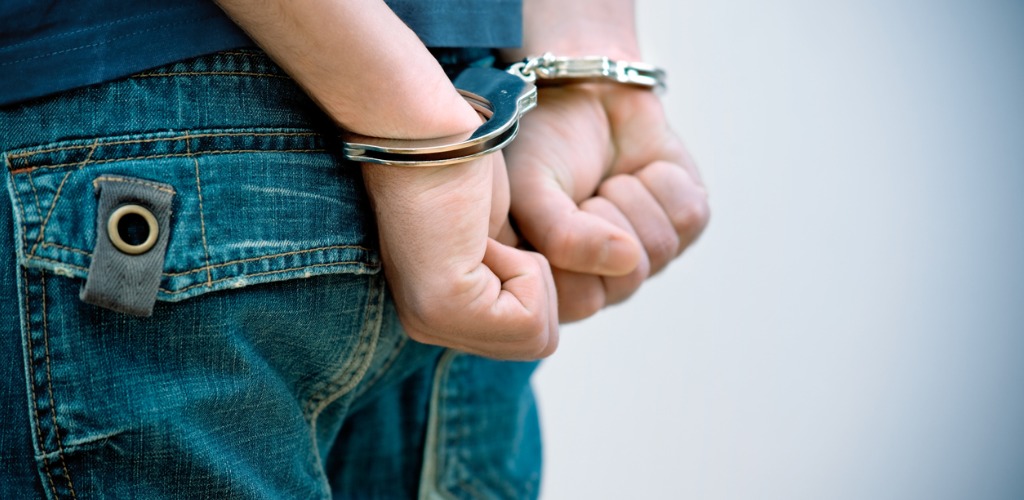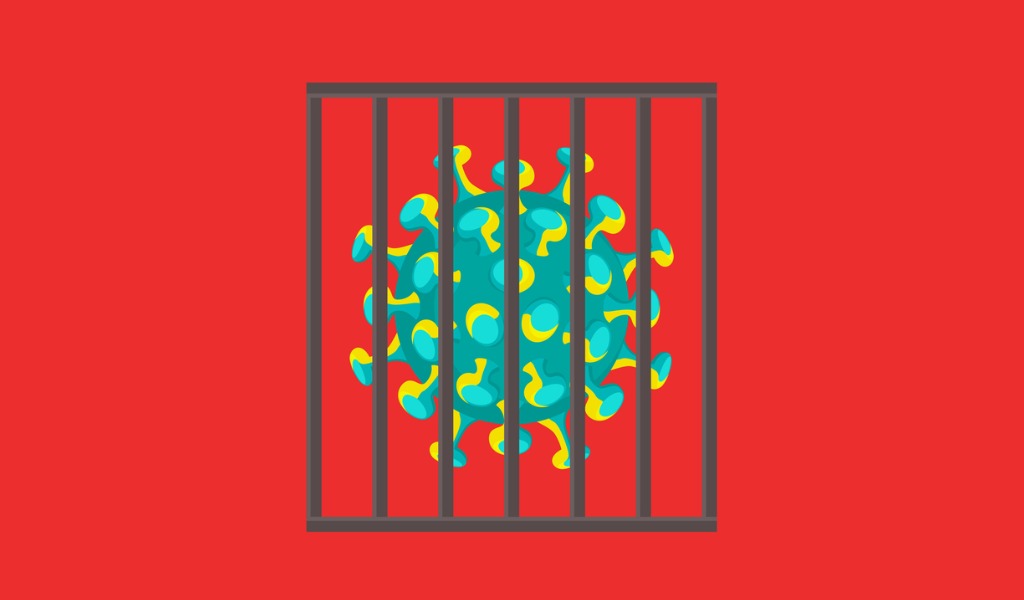
In the age of COVID-19, don’t forget our incarcerated youth
Editor’s note: CHN Intern Rebecca Isaksen is a senior at Brigham Young University, majoring in Psychology and minoring in Political Science and Business Administration. Voices for Human Needs is examining the effects of coronavirus on low-income and other vulnerable populations. This post is one in a continuing series.
A sixteen-year-old incarcerated boy was attacked multiple times by other youth in a detention facility. His jaw was broken so badly that he was not able to chew. Because of the coronavirus pandemic, he was not able to see his mother. A 17-year-old girl spent 24 hours in medical isolation. The isolation room was 11-foot-by-11-foot. A mother was not able to see her son, who is currently in Louisiana’s Bridge City Center for Youth Detention, for over a month. The mother, Nicole Hingle, cried: “I just sit by the phone and I wait and I pray, and I wait and I pray, and that’s all I can do as a mom. I wait for my son to call, and I just pray that my worst fear doesn’t come to reality.”

Let’s not forget about the incarcerated youth during COVID-19.
Cutting family visits and placing youth in medical isolation have been some of the recent measures that juvenile detention facilities have enacted as a response to COVID-19. In addition, lessons, therapy, and social interactions have been either entirely eliminated or severely reduced.
The last few weeks have seen COVID-19 outbreaks in multiple juvenile detention facilities throughout the country. The largest of these outbreaks has been in Virginia’s Bon Air juvenile detention facility where a quarter of all the cases reported at youth facilities nationwide have occurred. This outbreak was predicted by advocates concerned with the welfare of those in juvenile detention and could have been prevented.
When the CDC posted guidelines on how to best prevent a spread of COVID-19 in juvenile detention facilities the agency prefaced its recommendations by stating that “incarcerated/detained populations have higher prevalence of infectious and chronic diseases and are in poorer health than the general population, even at younger ages.” This is important to note because many people erroneously believe that it is only the elderly who are at risk. The reality is that those who have other underlying health issues are the ones who are more prone to suffer from COVID-19. Because detention centers have a disproportionate number of youth and children with serious health problems, this automatically puts the residents there at a higher risk.
Detention facilities are not well-equipped to handle a pandemic. In fact, detention facilities have continuously been referred to as petri dishes for spread and contagion due to their lack of hygiene and extreme overcrowding. The same is true for juvenile detention facilities, where medical care is extremely inadequate. How do you stay safe from a pandemic where the guidelines are all things that you have no control over? In some detention centers, alcohol-based hand sanitizers are against the rules. Keeping youth who are at a higher risk of developing COVID-19 in detention centers is an irresponsible way to protect and take care of our nation’s youth.

Those in detention are more vulnerable to the spread and contagion of COVID-19.
A boy in juvenile detention clearly stated the fear he felt while being detained in a facility that was so badly equipped to deal with this pandemic: “I just don’t want to die in here, not in here.”
It is not the first time that our incarcerated youth and children have been forgotten during a time of crisis. When Hurricane Katrina hit the Gulf Coast, youth in juvenile detention were left in a correctional facility downtown in New Orleans, while other citizens were being evacuated. The youth had water rising all around them, and were without food, drinkable water, or access to their families.
The measures that have been put in place so far can be incredibly dangerous to our incarcerated youth. One of the CDC’s suggestions is placing those who test positive for COVID-19 or those who have symptoms in medical isolation. For many detention centers this means being placed in an 11-foot-by-11-foot room.
This type of isolation is extremely detrimental to mental health, and there are multiple cases of solitary confinement leading to mental distress, self-harm, and even suicide. This becomes even more hazardous when dealing with youth because solitary confinement can also be harmful to developmental growth as those under 25 years old are still developing their brains and more specifically their frontal lobes.
The best way to help prevent further spread of COVID-19 and maintain the developmental, physical, and mental health of our incarcerated youth is to stop the influx of new cases in the juvenile court system and release those youth who can safely return home to families or caregivers. Further recommendations can be found here. “The rights of children to protection, safety and wellbeing must be upheld at all times, even and especially during crises like the one the world faces today,” said UNICEF Executive Director Henrietta Fore. “The best way to uphold the rights of detained children amidst a dangerous pandemic is their safe release.”
Despite past history of the general public often forgetting incarcerated youth, a recent survey found that 60 percent of likely voters support releasing juveniles whose sentences end within the next six months and 58 percent prefer early release to solitary confinement during a pandemic. Many youth advocates have been outspoken about the importance of protecting our nation’s youth; recently, youth justice advocates in more than 35 states demanded their governors and system leaders release incarcerated youth during the COVID-19 pandemic.
Fortunately, some states have taken steps in the right direction by halting new admissions to detention centers and/or releasing youth. However, it is not happening fast enough. State leaders must recognize the importance of not leaving our incarcerated youth behind. Youth and children’s mental health are at stake. Their development is at stake. Their lives are at stake.

